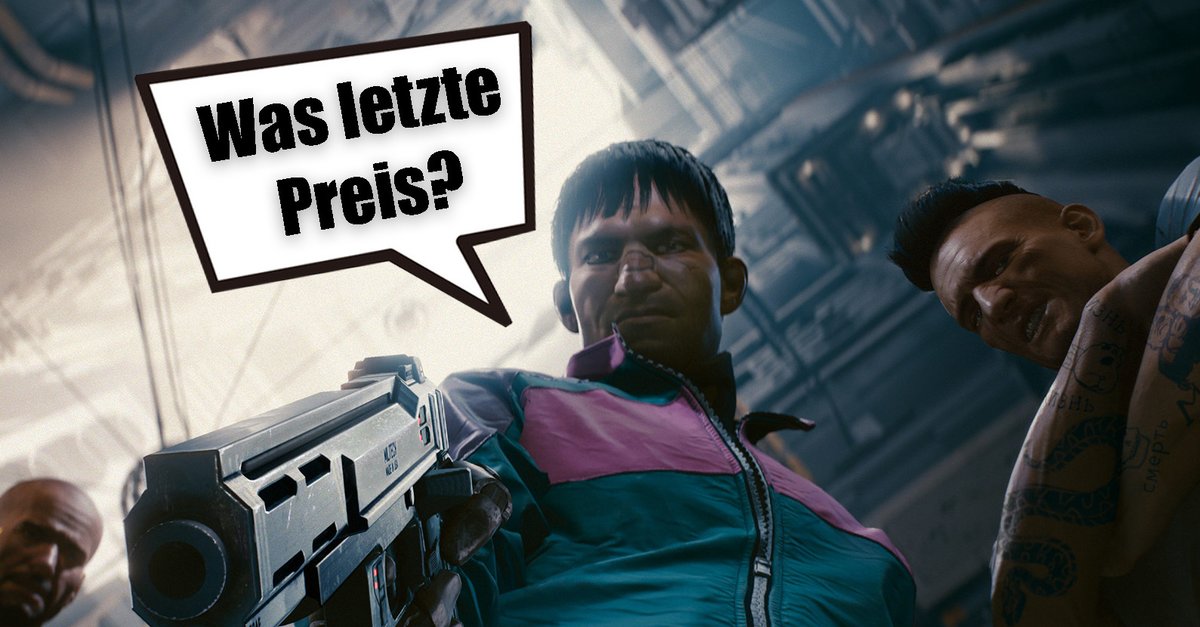Fraunhofer Institute develops virtual avatars for online court processes
A research team from the Fraunhofer Institute in Austria has developed software that is intended to enable online court processes. Virtual avatars are intended to represent those involved in the process in a digital courtroom.
The corona pandemic has accelerated many digital processes. Since then, video conferencing has been part of everyday life in numerous industries. More and more authorities are also using digital tools to make services more efficient. One new software from the Fraunhofer Institute now outlines the possibility of online court processes.
The aim is to conduct court hearings more efficiently in order to save costs and time. However, a classic video conference is not enough. In the context of a court hearing, facial expressions and gestures play a decisive role and provide information about the emotions of the accused, for example.
Online court processes: avatars should represent gestures and facial expressions
But how can behavior be mapped and transferred in a digital environment? Researchers from Fraunhofer Austria Research GmbH and a scientist from Western Sydney University also asked themselves this question. The result is a virtual court system that could be used for minor crimes.
Virtual avatars should represent those involved in the process. The accused and the judge then meet in a digital courtroom. In order to display the facial expressions and gestures of all parties involved in the best possible way, a webcam captures the faces of the people. Eye-tracking software calculates the direction in which the person in front of the screen is looking.
Reduced data volume puts less strain on the infrastructure of public authorities
Based on the data, the system then simulates head and eye movements over the virtual avatar. This should enable virtual eye contact between the people present. During the negotiation, the system only transmits the audio stream and the data on the facial expressions of the people involved. This should also relieve the infrastructure, since no video images are transmitted.
It is planned to further develop the system. In the future, the camera should also recognize the hands of the participants. In this way, she is supposed to simulate additional movements in the courtroom. In order to ensure the highest possible level of compatibility, the future version will also run in the browser.
Also interesting:


